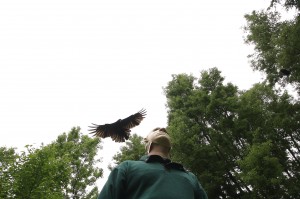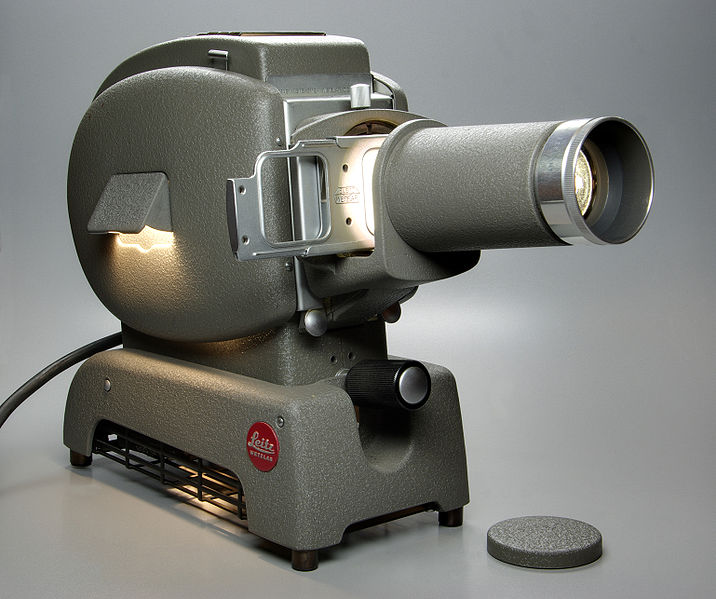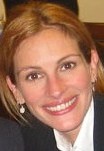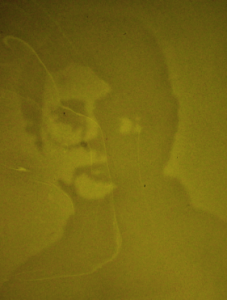
Like Ann, I’m a recent convert to the charm of crows. This has led to a running joke with my husband’s cousin, Roger. At family reunions, I tell him how much I like crows. He tells me how much he likes to shoot them.
Hilarious, right? Here’s the satisfying part: Crows remember Roger. They don’t just remember Roger’s suburban Seattle home and his BB gun. They also seem to remember his face. When he leaves his house, the crows mob him, diving and screeching around his head. (They leave other family members alone.) When this harassment — or retaliation — began, Roger took his campaign into a second-floor bedroom, where he crouched below a windowsill and poked his BB gun through a slit in the screen. But the crows have never forgotten his mug. Years after his last open attack on the noisy neighborhood flocks, he’s still Corvid Enemy Number One.
Now, I have some actual science to bring to our argument. In a paper released today in the Proceedings of the Royal Society B, ecologist John Marzluff and two of his students report that crows are past masters at holding a grudge.






